Struggling to create a sustainble working from home routine? Don’t fret, it took me a while to figure it out too! Here’s how to create a WFH routine that actually works.
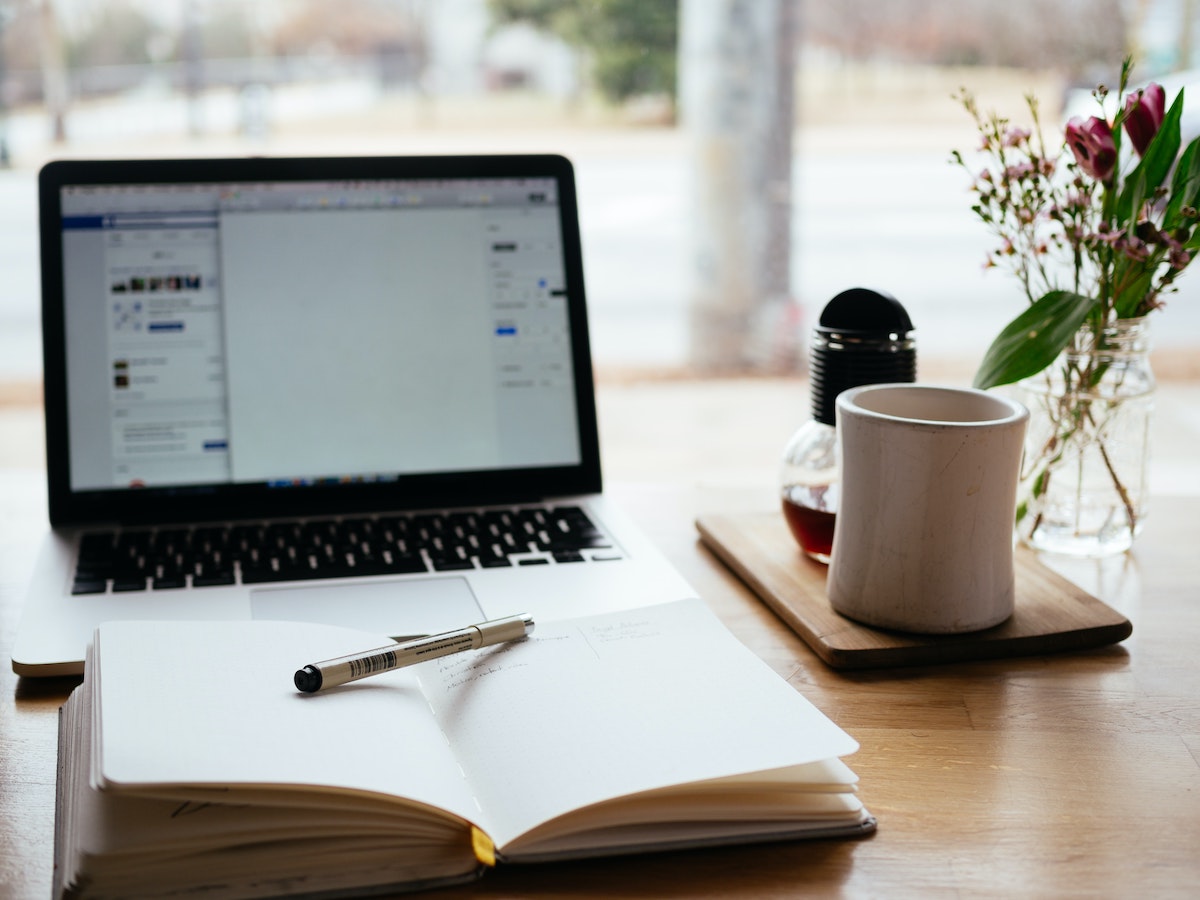
A dream come true for some and a nightmare for others, working from home is quite a divisive topic. I’m a natural introvert who works best solo, so the decision to begin working from home near the end of 2018 was an easy one to make. From the start, working from home felt liberating to me. However, I’ll admit that those first few months of being my own boss were rather stressful. With no set schedule anchoring my days anymore, I floundered for a couple months as I tried to figure out what kind of routine worked best with my new lifestyle.
Flash forward to now, it seems that the whole world has unwillingly been thrust into a work from home lifestyle and I know many of my friends are struggling to be productive during this crazy time. As much as I love working from home, I know it’s not for everyone (especially when it’s not a choice you had the luxury of making yourself). In that spirit, I wanted to jot down my suggestions on how to create a sustainable work from home routine. As per usual, this blog post is more long-winded than I intended it to be (sorry!), but I hope you find it helpful nonetheless.
Before diving into my tips for creating your own WFH routine, let me say this: if you’re struggling with staying inside right now and feel like you’re utterly failing on the work front, you’re not alone. These are difficult times and working from home is a big fat learning curve — you can do this!
Set an Alarm Every Morning
The first step to establishing a routine when working from home is to create a sleeping schedule for yourself. Commit to waking up at the same time every morning (set a few alarms if you have to!). If you’re transitioning from working in an office all day to working from home, waking up at a set time every morning may feel like second nature — trust me, it gets harder to stick to a set sleep schedule after a few weeks of being your own boss.
Waking up at the same time every morning is beneficial in numerous ways. First and foremost, it makes planning your day easier. A set wakeup time ensures you have an equal amount of time each day to dedicate to your work. Second, it forces your body into a routine. Once you become accustomed to waking up and winding down at the same time each day, you’ll notice that you’ll become hungry at the same time each day, you’ll be ready to start working at the same time each day, and (TMI alert) you’ll probably even start using the bathroom at the same times each day.
Lastly, I find that establishing a solid sleeping schedule reduces my anxiety and helps me remain calm while working from home. One of the pitfalls of working from home is that you have lots of time on your own to stew in your own thoughts, fears, and anxieties. Waking up at the same time each morning was the first step in establishing a routine that’s benefitted me for over a year now.
Schedule Your Day Into Time Blocks
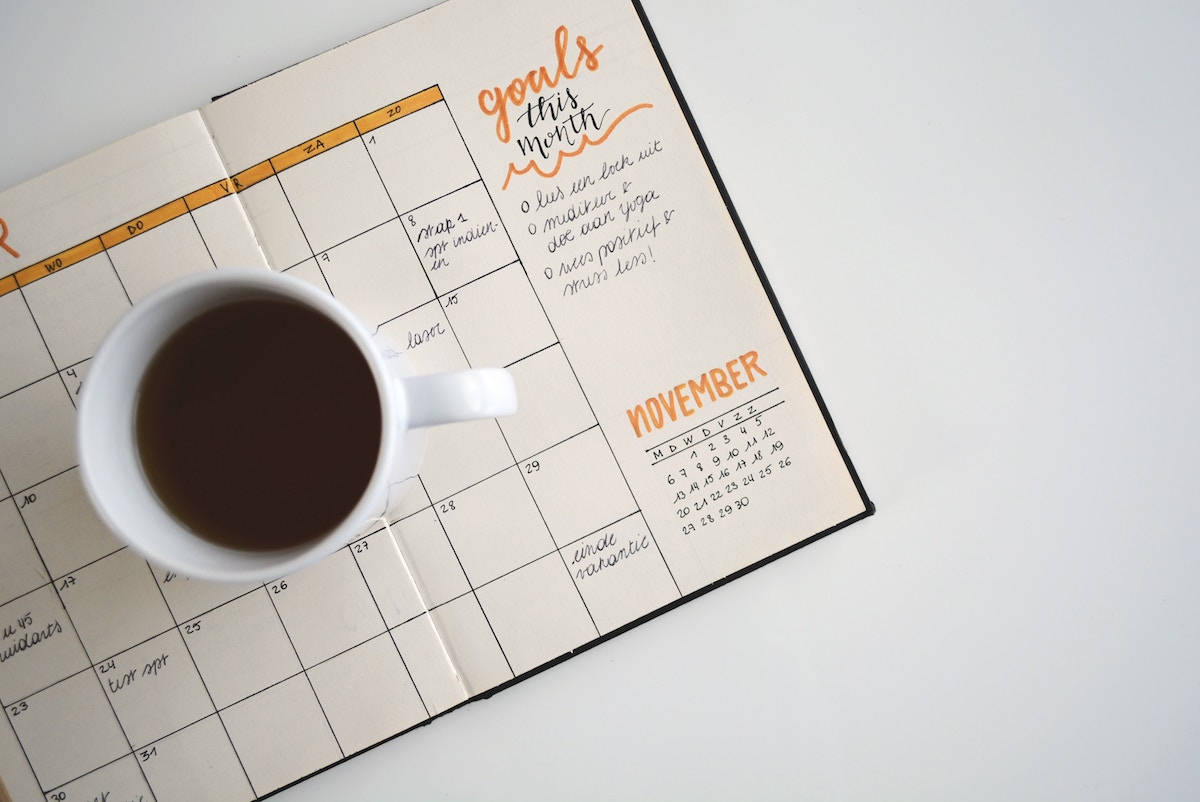
The key to establishing a productive WFH routine is to block your day into time chunks. I block out everything; the first 90 minutes to 2 hours of my day are dedicated to waking up my brain and mentally preparing myself for the day ahead. I typically use this time to workout (whether at home or at the gym), make breakfast, and watch a few YouTube videos. I start working around 9am each day and block out my to-do’s from there.
To ensure your week runs smoothly and is as stress-free as possible, I recommend scheduling your days in advance rather than the morning of. Obviously, the type of work you do will determine how far in advance you can schedule out your work. I do a mixture of freelance writing and SEO work for food bloggers, and my clients usually sign longer-term contracts with me. This means I can plan my weekly and even daily schedules up to 2 months in advance. I’m able to stay on top of larger projects more easily this way, and I can flip around my schedule a bit easier since I’m able to look at what’s coming up in the next couple of months in a glance.
If you don’t have the luxury of being able to schedule your workdays far in advance, then I recommend making it the final thing you do before logging off each day. This way, you can go to bed knowing exactly what’s on your plate the following day and you can mentally prepare for the workday ahead of you.
Plan for “Unplanned” Activities
One of the main lessons I’ve learned as a freelancer is to leave some wiggle room in your schedule for unplanned activities. When I began freelancing, I clung to my daily routine like a lifeline and would panic whenever something unexpected popped up. Even fun things like lunch with friends in the middle of the workday would stress me out. Once you begin working from home, you’ll find that there are so many distractions in your living environment. Now that people know you work from home, you’ll find yourself getting more phone calls in the middle of the day. Or your dishwasher could break and you need to show the repairman into your kitchen. Or your roommate is going to be working late tonight and doesn’t have any food in the fridge, so would you be willing to pop over to the grocery store for some supplies?
Don’t freak out when life gets in the way and the beautifully time blocked schedule you created for yourself gets thrown out the window for a few hours. Set aside some time once a week (or more / less time depending on your needs) to play catch-up. I usually have a chunk of time put aside on Fridays to wrap up any unfinished projects for the week, because I hate going into the weekend feeling like I’m falling behind.
On a similar note, when blocking out my schedule I allow a little extra time than I think is necessary for each task. Some tasks will inevitably take longer for whatever reason, so it’s nice to cushion your schedule with a spare 15 to 20 minutes here and there.
Schedule Daily Movement
Humans weren’t made to sit at a desk for 8 hours straight, so don’t feel like you’re a failure for being unable to work from home all day, every day. No one’s able to do that! It’s vital that you schedule some form of movement in your workday. For me, that means working out first thing in the morning (if I don’t workout right when I wake up, it’s just not happening) and then taking a long walk after lunch. Your daily movement may look totally different from mine, and that’s totally okay. If you’re not sure where to start, I recommend looking up parks in your area and setting aside 30 minutes each day to take a stroll through a green space. Or, look up workout videos on YouTube (my current faves are Zanna Van Dijk, Yoga with Adrienne, and Blogilates).
For me, moving my body each day isn’t about physical fitness, but rather my mental health. I can’t work if I have too much pent up energy, so it’s important that I give myself time to burn off some steam so that I can stick to the work from home routine I established for myself.
Take Breaks Consistently
Again, humans weren’t made to sit for 8 hours straight. In addition to moving your body intentionally each day, it’s crucial that you allow yourself consistent breaks. I feel comfortable working at my desk an hour at a time, and after that hour is up I’ll take a little break. My “breaks” typically involve getting up, stretching my back (it gets so tight from sitting!), and doing something mundane like refilling my water bottle, doing some dishes, and so on. I’m usually up and about for no more than 10 minutes before I dive back into work. Despite the short duration of my work breaks, they really help me stay focused when I’m back at my desk working away.
I also always give myself a full 30 minutes for lunch. In a perfect world, I wouldn’t stare at my computer screen while enjoying my lunch, but my current indulgence is watching an episode of Full House while eating. (Don’t judge me, I’m only human). I never work while eating lunch; I used to do that, and it just made me feel anxious.
Know When to Stop Working
Once your home becomes your office, it’s hard to switch between work mode and relaxation mode. As such, it’s all too easy to do a little extra work here and there outside of your working hours to “prep for the day ahead.” My weak spot has always been my inbox — what’s so bad about checking my email an hour after I stopped working? I think this every time I sneak a look at my email in the evenings, and then I wind up stressing about a question that’s come in from a client or a potential job opportunity that’s landed in my inbox. To stop myself from checking my email in the evenings, I switch off my phone and computer after dinnertime so I’m forced to wind down and relax.
There’s no way you’ll be able to stick to your established WFH routine if you don’t allow yourself the time off you deserve. You need to set boundaries so you can enjoy work-life balance and be able to relax in your own home.
Shake Up Your Routine
I know this whole post has been about creating a work from home routine, but a key part of being productive when working from home is to know when your routine stops working. Because it inevitably will stop working — you’ll get bored of your routine, or your daily to-do list will change and you’ll need to adapt your schedule to suit your needs. My workload is fairly consistent month over month, but I get tired of my routine every few weeks. As such, I’m constantly shaking things up a bit because I never want working from home to feel like a burden.
For me, changing up my routine is as simple as rearranging the order I complete certain tasks, scheduling meet-ups with friends at different times of the day, and so forth. I’m not totally overhauling my routine every other month, just introducing small changes to keep myself on my toes. This has helped me stick to a routine and I’m more productive because of it.
Tell me: What’s one thing that made you smile today? (I figured we’ve talked about work enough for one blog post!).
More posts you’ll love:
- How to Deal with Burnout as a Freelancer
- 10 Ways I Stay Productive While Working From Home
- 9 Essential Blogging Tasks to Do When You Don’t Feel Like Writing
- Here’s Exactly How I Got the German Freelancer’s Visa in Berlin
- 5 Reasons You Should Definitely Start a Blog
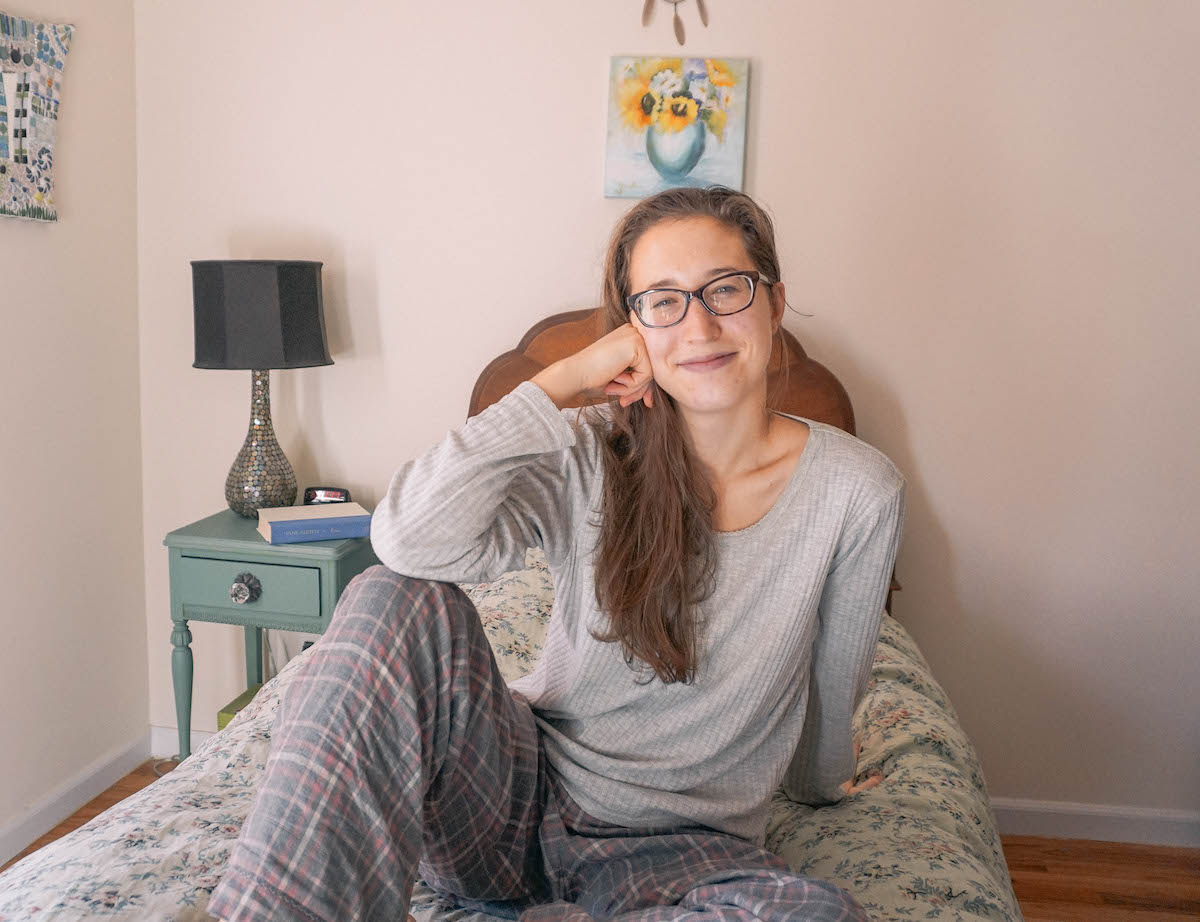


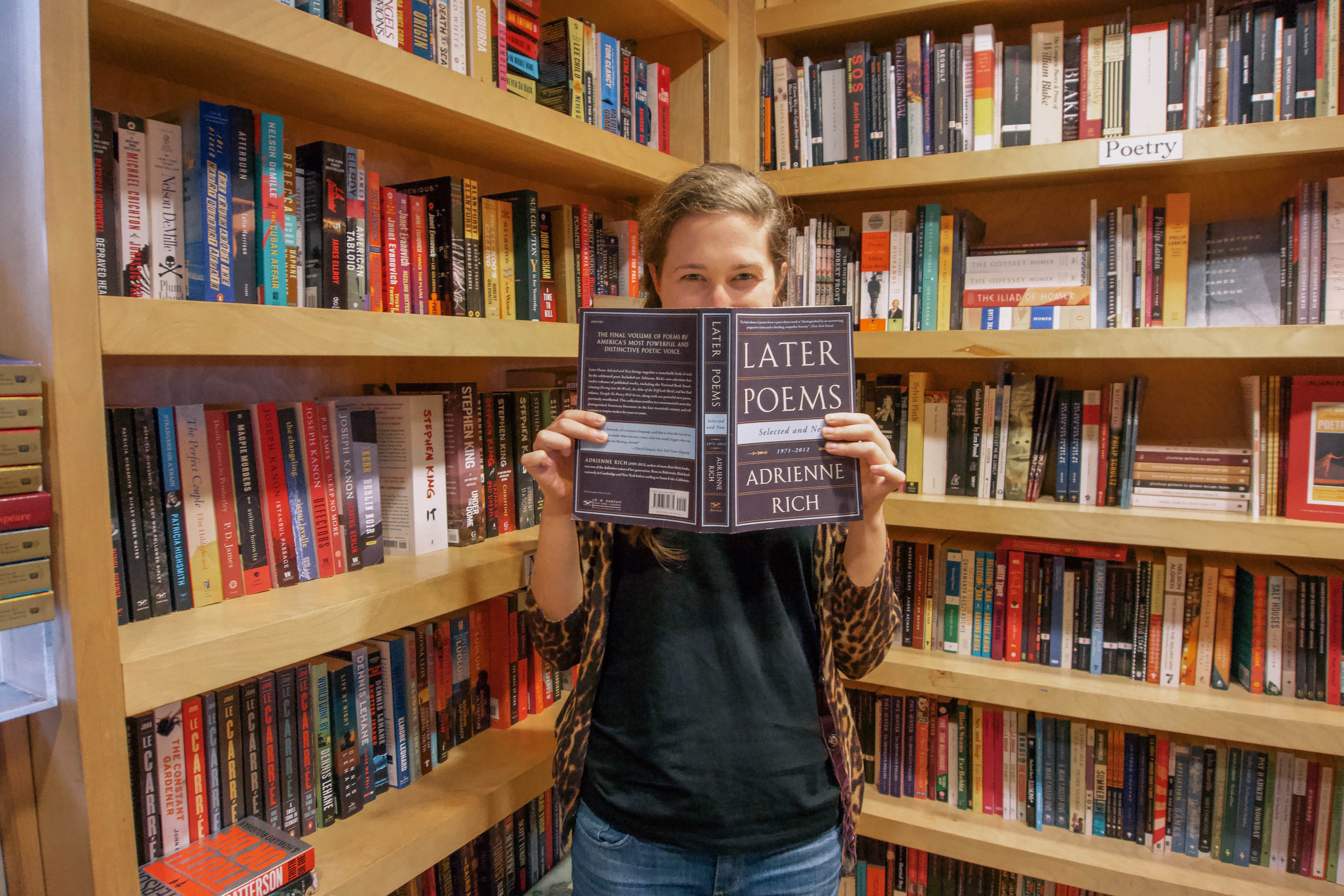



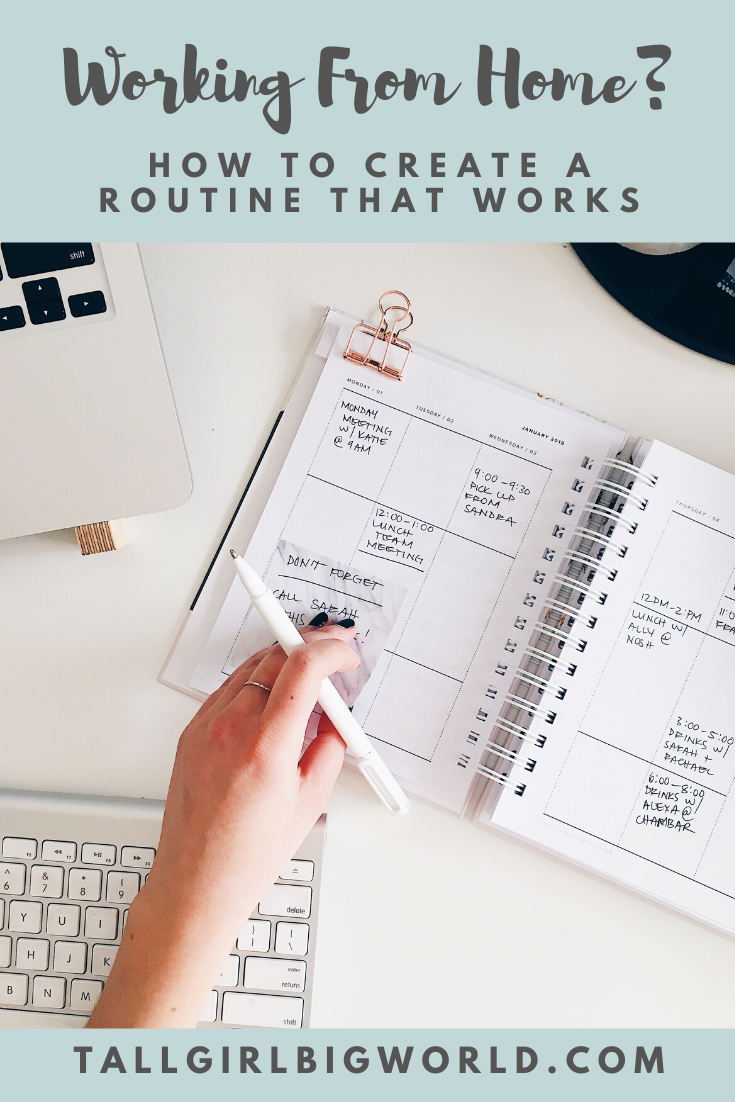
Leave A Reply!